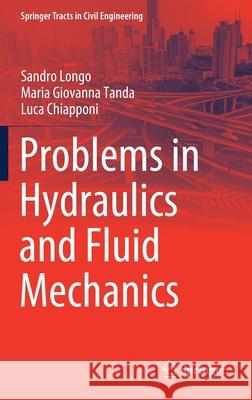Problems in Hydraulics and Fluid Mechanics » książka
topmenu
Problems in Hydraulics and Fluid Mechanics
ISBN-13: 9783030513863 / Angielski / Twarda / 2020 / 395 str.
Problems in Hydraulics and Fluid Mechanics
ISBN-13: 9783030513863 / Angielski / Twarda / 2020 / 395 str.
cena 342,95
(netto: 326,62 VAT: 5%)
Najniższa cena z 30 dni: 327,68
(netto: 326,62 VAT: 5%)
Najniższa cena z 30 dni: 327,68
Termin realizacji zamówienia:
ok. 22 dni roboczych
Dostawa w 2026 r.
ok. 22 dni roboczych
Dostawa w 2026 r.
Darmowa dostawa!
Kategorie:
Kategorie BISAC:
Wydawca:
Springer
Seria wydawnicza:
Język:
Angielski
ISBN-13:
9783030513863
Rok wydania:
2020
Wydanie:
2021
Numer serii:
000796527
Ilość stron:
395
Waga:
0.75 kg
Wymiary:
23.39 x 15.6 x 2.39
Oprawa:
Twarda
Wolumenów:
01
Dodatkowe informacje:
Wydanie ilustrowane











